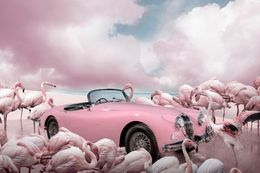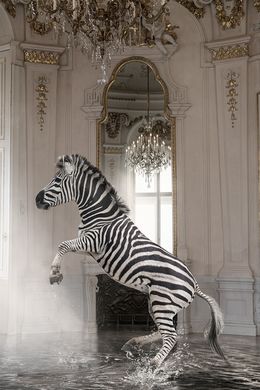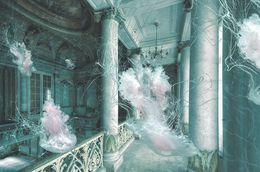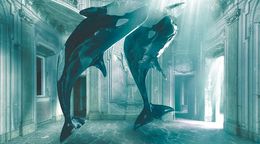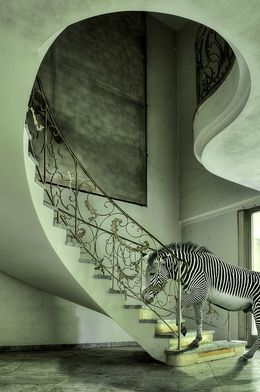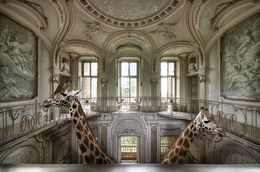We tend to understand nature as all of that which is "non-human” but from Villa del Arte Galleries Amsterdam we invite our visitors to rethink this concept. We have gardens and parks and zoos where humans have reproduced the concept of nature as we understood it: with no humans. However, does this count as "nature"? or do we perhaps need a new concept for these "human-made nature spaces"? or to redefine the concept of nature as we now know it?
Since the 19th Century, we have tried to define nature as what it is not: culture. We have related culture to reason, to the intellect, to the humanities after all, while nature has been closely put together with instinct and randomness. For scholars, this is just another binary opposition: opposite concepts that need each other to be defined.
In the art world, artists have explored these concepts individually and the tension between them, many aiming to blur the line that divides culture and nature. The Dutch artist Cheraine Collette imagines a future where culture and nature finally blend together. In this future, culture refers only to the remains of what humans once had, and were. The artist takes photographs of real abandoned buildings, luxury cars or deserted landscapes, and animals (from a distance in their natural habitat and/or in controlled environments). Then, she merges all the elements to create the scenarios she imagines, where nature can take over what once was 'hers’.
She has a series of “Alien Beauty” that discusses a scenario where culture and nature can coexist in the future. She re-imagines the role of humans and their looks. For this, she combines very high-quality close ups of insects with female faces, bringing forward (literally) the importance of insects for human survival. How can these teeny-tiny organisms be essential for the continuation of the life in our planet? and, how come, humans, aware of this, are contributing to their extinction?
Read more

